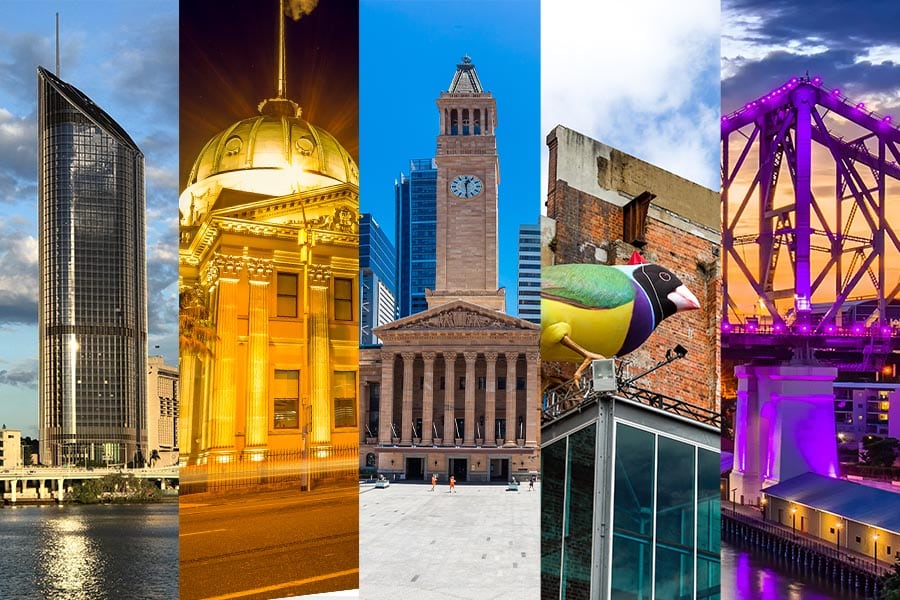Copenhagen, the capital of Denmark, is brimming with both historic and modern architectural wonders. These are five buildings that Built, the Bluebeam Blog, picked as the most iconic.
Copenhagen Opera House (2001-2004)
- Completed in 2004 by architect Henning Larsen, this neo-futuristic style building sits on the shore of the harbor opposite the castle Amalienborg, home of the Danish royal family
- The building is also home to the Royal Danish Theatre, with 1,492 seats all individually angled to provide the best audio and visual experience
- The original construction process included acoustic tests, giving vast consideration to the balance between the theater’s pit and the stage geometry
- The initial design included large glazing panels on the front of the structure so the shell of the auditorium could be viewed from the harbor side; however, this ultimately became a source of strain for the architect, so the glass was eventually changed to a metal grid
Round Tower (1637-1642)
- This 17th century tower in central Copenhagen was designed by Christian IV of Denmark
- It was built as an astronomical observatory with a giant equestrian staircase so large that it could accommodate horses
- Built by Hans van Steenwinckel in a style often referred to as Dutch Classicism, the structure features alternating yellow and red bricks, the color of the Oldenburg dynasty
- The building features incredible views of Copenhagen; today it serves as an exhibition and concert venue and a cherished historical monument
Axel Towers (2013-2019)
- Designed by Lundgaard & Tranberg, the towers were recently completed after starting construction in 2013
- The towers house modern offices for law firms as well as co-working spaces, with ground-level shops, restaurants and a raised garden open to the public
- The architects wanted to differentiate the towers from the surrounding rectangular buildings by creating welcoming circular shapes and broad staircases, inviting the public to experience the building
- The towers’ circular shapes and varying heights are meant to evoke an organic appearance
- Moreover, the metallic brown façade blends into the existing color scheme of Copenhagen and shelters the buildings from the strong winds that typically surround the area’s large structures
Frederik’s Church (1749-1894)
- This building is also known as the marble church, an Evangelical Lutheran church done in the rococo architectural style
- Designed by Nicolai Eigtved in 1740, the church features the largest dome in Scandinavia, with a span of 31 meters
- Construction of the church was initially slowed by budget cuts and the death of the architect in 1754, leaving the structure incomplete; it stood as a ruin for nearly 150 years
- Denmark’s finance minister, Andreas Krieger, saved the building in 1874 when he sold it to be finished and developed
Royal Danish Library Black Diamond Building (1648-1793)
- The “Black Diamond” building is among the largest libraries in the world, containing copies of all works printed in Denmark since the 17th century
- The original library was founded in 1648, but the latest facility to house the collection was completed in 1999
- It was designed by architects Schmidt Hammer Lassen and named for its outside cover of black granite and glass
- The building also houses a concert hall, which connects seamlessly to the older Holm Building by skyway bridges











